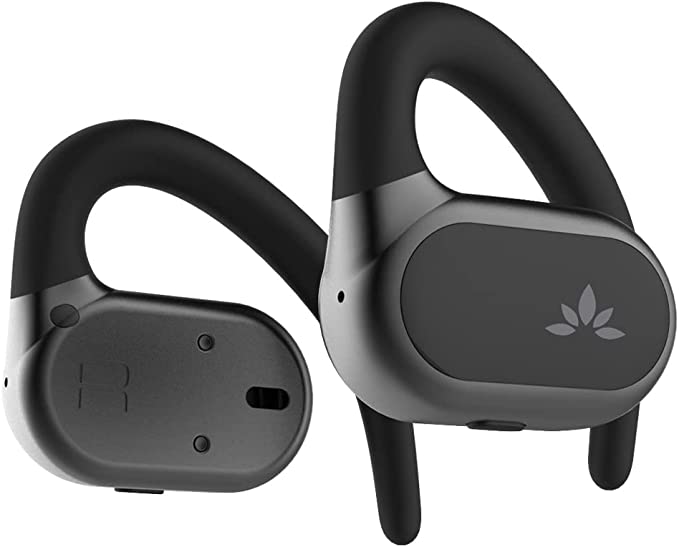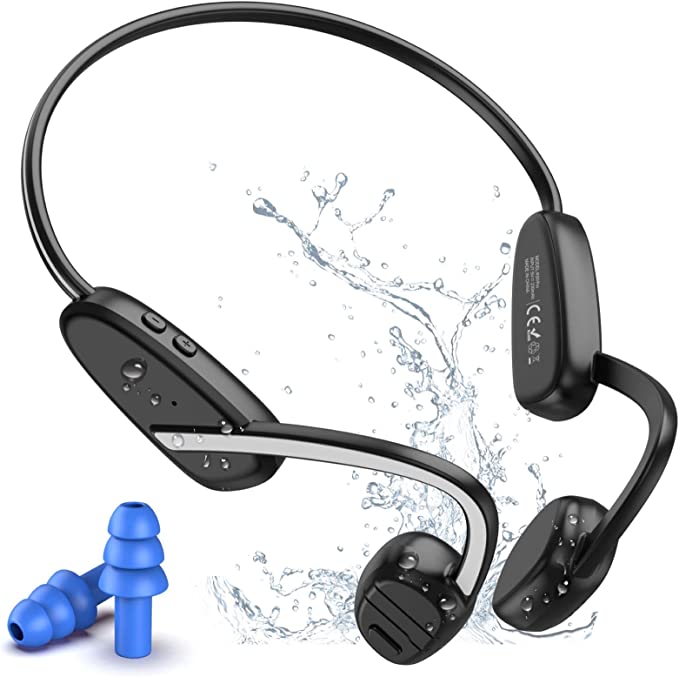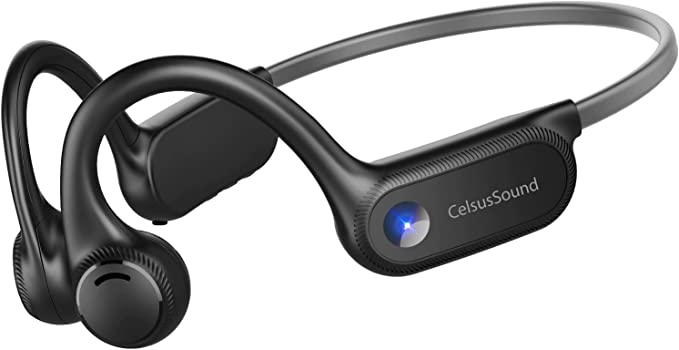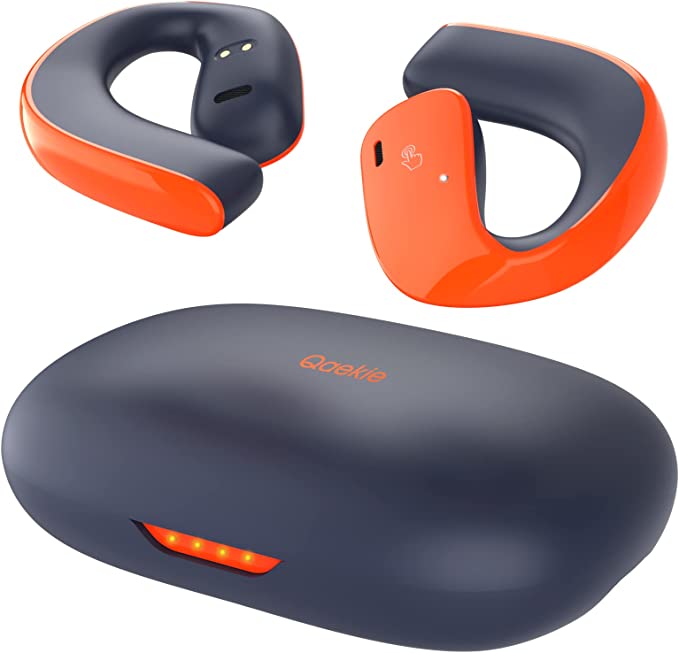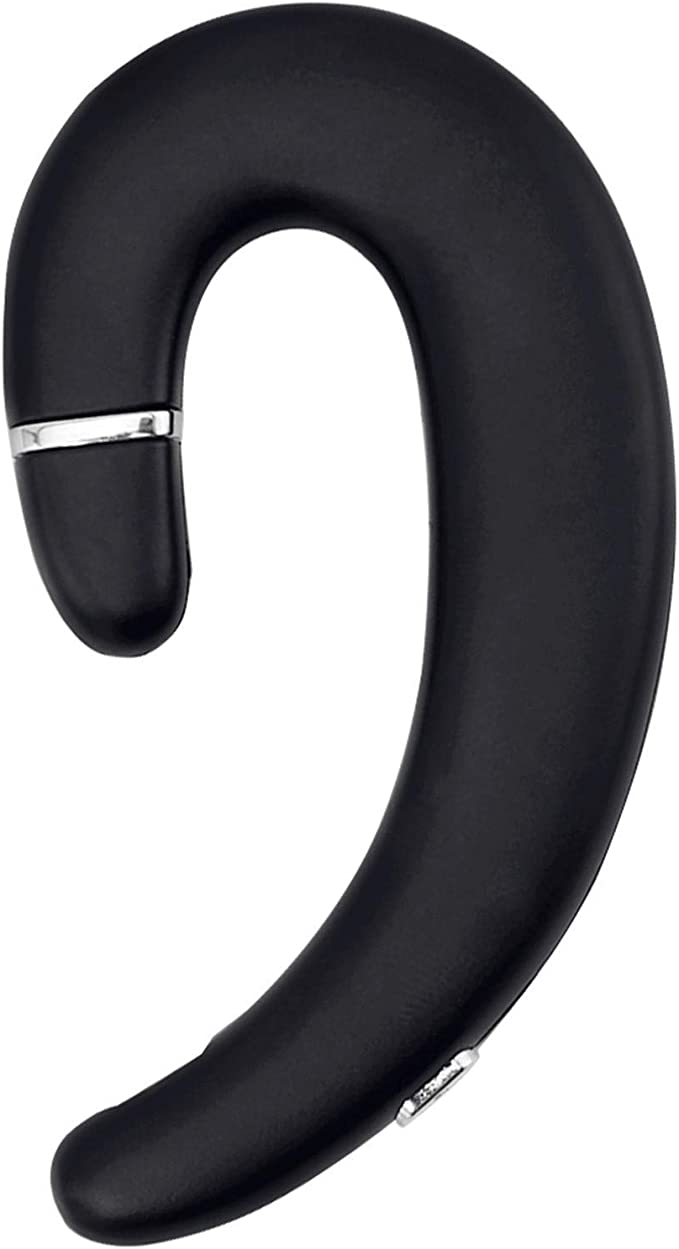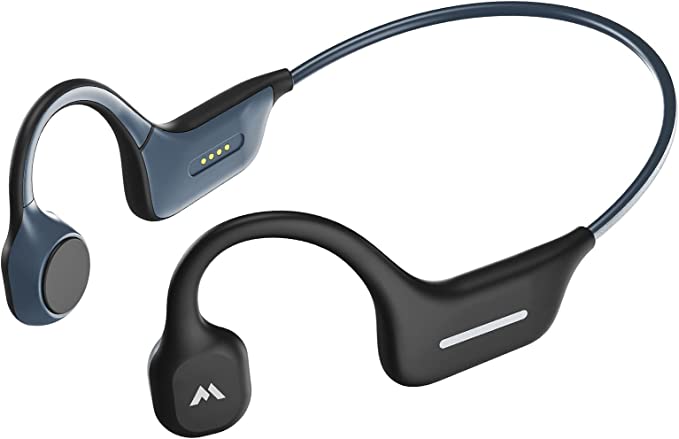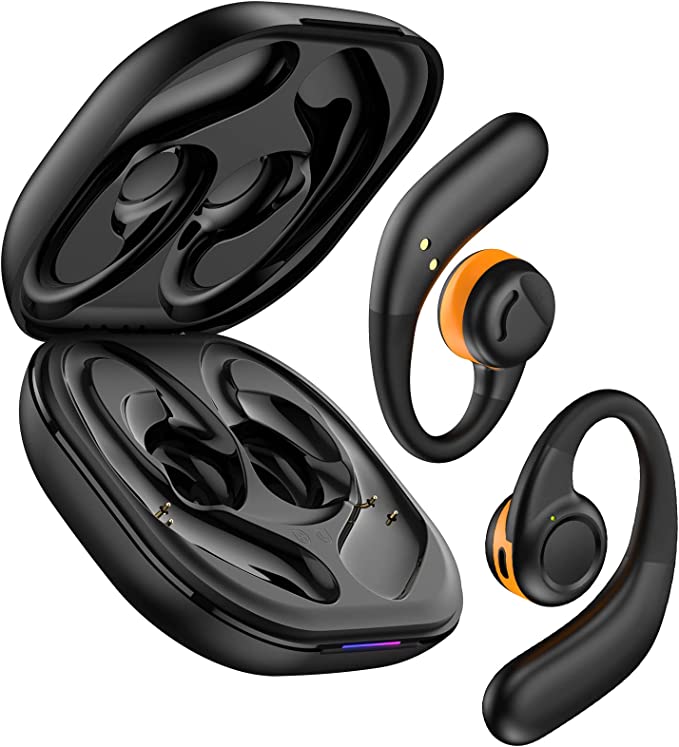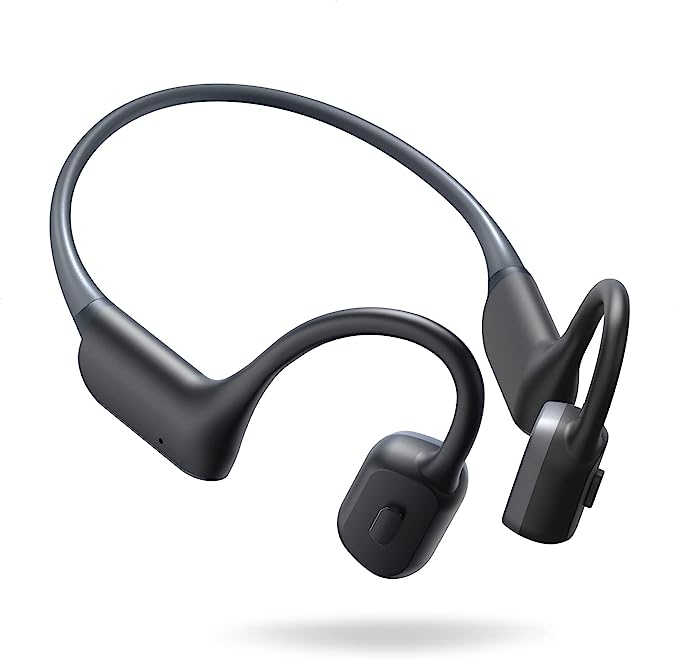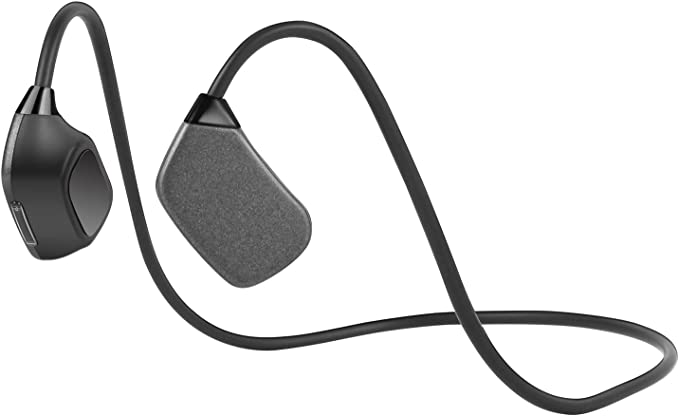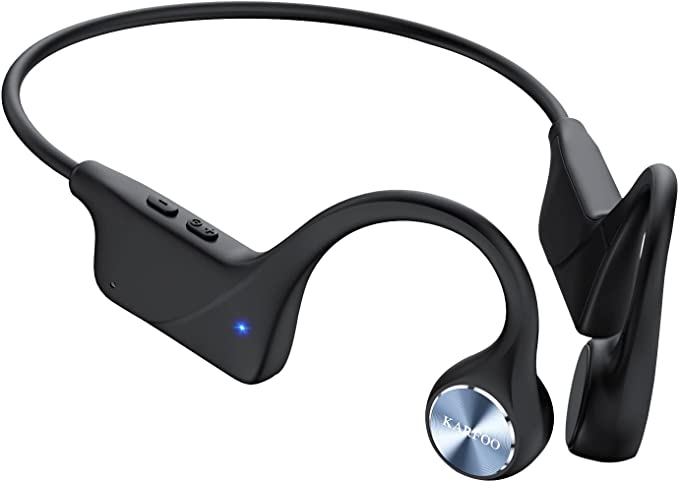OpenRock Pro Open-Ear Bluetooth Headphones: Wireless Freedom Meets Audiophile Sound
Update on June 30, 2025, 7:03 a.m.
It started, as many revolutions do, with a simple desire. Back in 1979, the Sony Walkman didn’t just put music in our pockets; it wrapped each of us in a private, invisible bubble of sound. For the first time, the gritty soundtrack of a city bus could be replaced by David Bowie, the mundane chatter of an office by the intricate notes of a symphony. We achieved glorious immersion, but at a cost: we became isolated, sonically sealed off from the world around us.
For decades, this was the accepted trade-off. To be in your world, you had to leave ours. But what if technology could dissolve that bubble? What if you could have your personal soundtrack not as a wall, but as a transparent overlay to your life? This is the profound promise of open-ear audio, a category of headphones designed to let the world in. The OpenRock Pro represents a fascinating chapter in this story, tackling a fundamental physics problem that has long plagued open-ear designs: the tyranny of treble.

The Physics of an Escaping Soundwave
To appreciate the engineering challenge, we need a quick trip back to high school physics. Sound travels in waves, and low-frequency sounds—the deep, resonant bass notes that give music its soul—have long, lazy wavelengths. They are inherently omnidirectional, spreading their energy out like ripples in a pond. When you seal an earbud in your ear canal, you trap those ripples, forcing them directly toward your eardrum.
But with an open-ear design, there is no seal. The headphone speaker, or driver, sits just outside the ear. This creates an acoustic nightmare for bass. Those long, powerful waves simply leak out into the open air, their energy dissipating before they can be fully perceived. It’s like trying to fill a bucket that has no bottom. The result, common to many early open-ear and bone-conduction models, is a sound that feels thin and hollow, dominated by higher-frequency treble notes.
This is where the OpenRock Pro pivots from a simple headphone to a clever piece of acoustic engineering. It doesn’t try to defy physics with raw power alone; it tries to outsmart it.

Engineering an Acoustic Focus
The heart of the OpenRock Pro’s solution is its proprietary TubeBass™ Technology. Forget brute force; think of it as acoustic judo, redirecting energy rather than fighting it. The most elegant way to understand this is to think of a musical instrument. The strings of an acoustic guitar, on their own, are barely audible. It’s the guitar’s hollow wooden body—a carefully shaped resonant chamber—that captures the strings’ vibrations, amplifies them, and projects them as rich, full-bodied sound.
The TubeBass system appears to function on a similar principle. It’s an internal acoustic structure, a ‘tube’ or ‘port’, designed to capture the low-frequency energy generated by its massive 16.2mm dynamic drivers. These drivers, significantly larger than those in typical earbuds, act as the powerful “strings,” moving a large volume of air to create a potent source of sound. The TubeBass chamber then acts as the “guitar body,” resonating with those bass frequencies and focusing the soundwaves, guiding them with precision towards the ear canal instead of letting them escape into the ether. It’s not about making the bass louder; it’s about making sure the bass that’s created actually arrives at its destination.

Designed for the Human Factor
This clever acoustic design is wrapped in a package that shows a deep understanding of human anatomy and behavior. The main point of failure for many over-ear headphones, especially for those who wear glasses, is comfort. The adjustable silicone ear hook on the OpenRock Pro addresses this by applying principles from biomechanics. Much like a well-designed hiking backpack uses a hip belt to transfer weight off your shoulders, the ear hook distributes the device’s minimal weight across the robust cartilage of the outer ear, eliminating the single point of pressure that causes fatigue.

This philosophy of endurance extends to its battery. The headline figure of 46 hours of total playtime isn’t just the result of cramming in a big battery. It’s a symphony of efficiency, orchestrated in large part by the Bluetooth 5.2 standard. Its Low Energy (LE) protocols allow the headphones to maintain a stable connection while sipping power, ensuring they can last through multiple days of commuting or marathon training sessions.
And for the modern necessity of calls, the headphones employ Qualcomm’s CVC 8.0 technology. To be clear, this is not Active Noise Cancellation (ANC) for you. You will still hear your surroundings. Instead, it’s a sophisticated system for the microphones. Imagine being at a loud party and effortlessly focusing on one person’s voice—the “cocktail party effect.” CVC uses a similar principle, employing multiple microphones to triangulate your voice, isolating it from background noise so the person on the other end hears you, not the traffic or wind around you.

An Honest Conversation about Physics and Rain
No piece of technology is without its limits, and transparency is key. The very design that makes open-ear headphones so brilliant in some contexts makes them challenging in others. In an environment with very high ambient noise, like a subway or a bustling café, a phenomenon called “auditory masking” occurs. The loud, low-frequency rumble of the train can literally drown out the sound from the headphones. This isn’t a flaw in the OpenRock Pro; it’s a law of psychoacoustics. They are designed for situations where hearing your environment is a feature, not a bug.
Similarly, the IPX5 rating needs to be understood. It certifies the device against jets of water from any direction, which translates to a quiet confidence against a sudden downpour or the inevitable sweat of a strenuous workout. It does not mean they are submersible. Some user reports of audio cutting out during heavy sweating might point to the導音孔 (sound port) being temporarily blocked by moisture—a reminder that even robust engineering must contend with the realities of use.

Conclusion: A New Equilibrium
We began our journey with the Walkman’s solitary bubble. For forty years, the narrative of personal audio has largely been about perfecting that isolation. The OpenRock Pro, and the open-ear category it represents, suggests a compelling new chapter. It’s a philosophical shift from technology that helps us escape the world to technology that helps us score it.

By tackling the physics of open-air sound with clever acoustic focusing, and pairing it with thoughtful ergonomic and electronic design, these headphones offer an elegant equilibrium. They are for the cyclist who wants a soundtrack but needs to hear a car horn, the remote worker who wants to focus but needs to hear the doorbell, the hiker who wants to be moved by music but also by the sound of the wind in the trees.
They prove that the best technology doesn’t always create a new reality. Sometimes, it simply helps us live more gracefully and fully within the one we already have.

